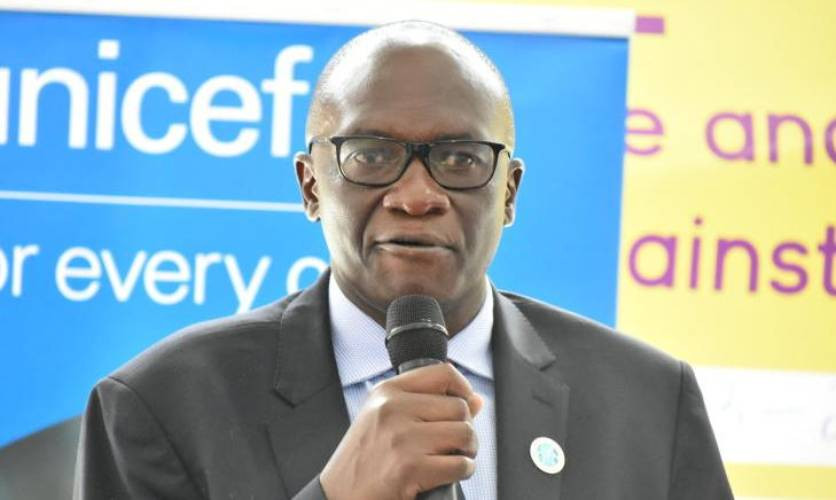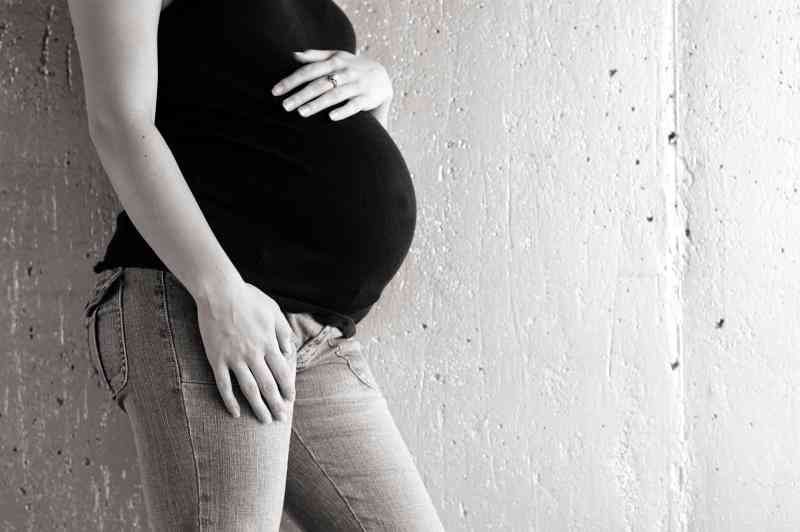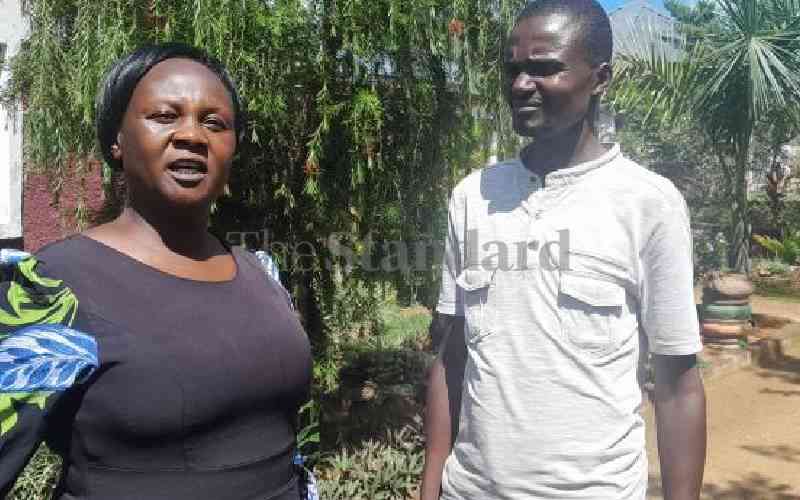With an expanded role in pandemic planning and response, communication processes should prepare the public adapt to changing circumstances or uncertainty. Effective strategies for health risk communication are essential for protecting public health against the current raging coronavirus.
Reducing negative consequences of the global Covid-19 relies heavily on cooperation from diverse entities. This calls for comprehensive, timely and effective communication, packed with sufficient, accurate information on the pandemic that has paralysed global economies and claimed lives.
Education of public health planners about existing vulnerabilities and resources that affect Covid-19 risk for specific populations, facilitation of anticipation of surprising events, creation of dialogue between potentially affected populations and risk managers and fostering an environment of mutual trust is a must.
The messages must be packaged to successfully instruct, inform and motivate appropriate self-protective behaviour, update risk information, build trust in officials and dispel rumours. The authorities must be seen to be ahead of things in the wake of social media craze where fake news and negative information proliferates with ease.
Responses to a pandemic risk are influenced by existing psychological, social, cultural, health, socio-economic factors and even politics, which greatly affect how individuals interpret health risks, as well as their willingness and ability to act. Preparedness strategies must consider what may be asked and expected of individuals at all stages of a pandemic. A pandemic may require minimally disruptive actions such as increasing frequency of hand washing, but other behaviours may be difficult, evoke strong emotions, raise concerns and fuel controversy. These include quarantines, containments and indefinite school and public facility closures.
In lieu of these, disturbing information may need to be conveyed without harming public cooperation. That said, the government has scored fairly, going by its decision to hold daily afternoon briefings where, other than updating data of persons confirmed to have contracted the virus or discharged from various health facilities, relevant, vital information on controlling the spread of the disease has been relayed.
The government has also been bold enough to disclose the number of lives lost during the briefings. Health Cabinet Secretary Mutahi Kagwe and his two deputies; Dr Mercy Mwangangi and Dr Rashid Aman, together with Acting Director of Medical Services Dr Patrick Amoth have now become common faces on national television, where they hold regular media briefings on the disease outbreak. They have adopted appropriate language to deliver the message on preventive measures, including those unacceptable to the vulnerable populations without causing public unrest.
Although there is not one universally accepted definition of vulnerable populations, from a public health perspective, vulnerability can be defined simply as an increased potential for loss in a hazardous situation.
For Covid-19 pandemic, a useful framework for defining and identifying sources of vulnerability considers the likelihood of exposure and effective response or treatment. Vulnerability can refer to individuals, groups, communities, or places and can result from many factors. Health disparities, differences in treatment access, living conditions, health literacy, language, immigration status, risk perceptions and confidence in the government’s ability to respond could exacerbate risks for particular populations. A few mis-steps can trigger loss of trust in the government’s ability to manage public health threats.
-The writer is a communications expert.
 The Standard Group Plc is a
multi-media organization with investments in media platforms spanning newspaper
print operations, television, radio broadcasting, digital and online services. The
Standard Group is recognized as a leading multi-media house in Kenya with a key
influence in matters of national and international interest.
The Standard Group Plc is a
multi-media organization with investments in media platforms spanning newspaper
print operations, television, radio broadcasting, digital and online services. The
Standard Group is recognized as a leading multi-media house in Kenya with a key
influence in matters of national and international interest.
 The Standard Group Plc is a
multi-media organization with investments in media platforms spanning newspaper
print operations, television, radio broadcasting, digital and online services. The
Standard Group is recognized as a leading multi-media house in Kenya with a key
influence in matters of national and international interest.
The Standard Group Plc is a
multi-media organization with investments in media platforms spanning newspaper
print operations, television, radio broadcasting, digital and online services. The
Standard Group is recognized as a leading multi-media house in Kenya with a key
influence in matters of national and international interest.








